Vienna 18-22 June 2018 – The Space Renaissance International Association will participate to the UNISPACE +50 conference, the first United Nations Global Space Summit of the 21st century, organised by the UNOOSA (UN Office for Outer Space Affairs) in Vienna from 18-22 June 2018.
Elon Musk is the Bob Dylan of our Time
Fifty years ago, the young generations rebelled and demonstrated for freedom and equal opportunities for all peoples in the world, regardless of the latitude where they were born or whatever social class that they belonged to. Our heroes were the poets and musicians of the beat generation, of whom Bob Dylan is perhaps the most unanimously recognized representative. A couple of months ago Elon Musk launched his car on a Falcon Heavy into space. This gesture was highly symbolic, as Musk is saying that we shall continue our civilian activities — particularly industrial development — in outer space. We must not expect the messengers of the Renaissance to always present themselves in the same form…
A car towards the Asteroid Belt
On February 6, 2018 SpaceX launched the Falcon Heavy for the first time, the most powerful operative rocket of the world.
What are the more innovative ideas which allowed SpaceX to deliver payloads to orbit that are three times greater than its main competitor at one sixth of the cost? The main point is the reusability, that utilizes existing technologies in the framework of a newer and pragmatic strategy. The important factors for Elon Musk, are both the vision and the mission requirements which are fairly different from the traditional objectives of the space agencies. While the latter emphasize scientifically oriented space exploration as their strategic priority, Musk aims to actually accelerate the evolution of humanity into a spacefaring species that creates a multi-planetary civilization.
Why get off this rock, an interview by Sarah Hoyt to Jeff Greason
In this excellent interview, Jeff Greason explains in plain and simple words why civilization needs to expand into the outer space, why the expansion shall be a manned one, and why we need it now, and not in a distant future. About the basic socio-economic need for civilian space development, Jeff says: “There are many reasons which are true, but I find secondary, though others find them compelling. For example, the industrial and economic development of space is going to require both machines and people – just as has been the case in all past economic development efforts. And that economic development will drive some significant features of life on Earth. For example, raising the standard of living of everyone on the planet to “first world” levels is going to require something like 30% increase in the energy use of human civilization, and space is about the only place to get that (if you didn’t know, the solar system has about a billion Earth’s worth of energy available).”
An Open Letter to United Nations, on 50th Anniversary of the Outer Space Treaty
Upon a proposal issued by Space Renaissance International, eight organizations signed an open letter to United Nations, UNOOSA, all governments and their space agencies, to support the development of an equitable and coherent outer space legal system for the benefit of humanity.
The letter refers to the 50th Anniversary of the Outer Space Treaty, recurring October 10th 2017.
Seven million and a half kg of gold in orbit
In the space between low orbit and geostationary orbit travel an estimated number of 700,000 objects larger than 1 cm and 170 million objects of dimensions greater than 1 mm. The near Earth space region becomes more and more dangerous. But here we want to discuss the convenience — today, and not in a distant future — of investing in orbital industrial activities conducted by human technicians, with respect to fully robotic operations. …
Manuel Perez and Adriano Autino talk about the USIP event and requirements for an Outer Space Law
Space Renaissance USA, together with Lifeboat Foundation, will held an event, next October 10th 2017, at the United States Institute of Peace (USIP) in Washington. The event will celebrate the 50th Anniversary of the “Treaty on Principles Governing the Activities of States in the Exploration and Use of Outer Space, including the Moon and Other Celestial Bodies” (Outer Space Treaty).
Manuel Perez and Adriano Autino discuss relationship among the International and national chapters
Manuel Perez, President of Space Renaissance USA, and Adriano Autino, President of Space Renaissance International, talk about the relationship among the International and the national chapters.
World wide call: support the Space Renaissance!
2017 is a wonderful opportunity, being the 50th anniversary of the Outer Space Treaty, to bring to the public attention the theme of the expansion of civilian activities and expanding civilian rights into the Outer Space.
Trying to be coherent with the commitments we took in our last congress, a few months ago, we are developing several projects, in different countries, naming just some of these initiatives:
– a primary Space Renaissance Tour in Nigeria, next October
– an event at USIP, in the USA, to celebrate the 50th anniversary of the Outer Space Treaty, and solicit a revision and further implementation of it
– a similar event in Italy, in collaboration with ASI and ESA
– conferences in the UK, with universities in Glasgow and Edinbourgh
– developing Space Renaissance Academy, an high profile Institute for education and outreach.
Elon Musk, Leonardo da Vinci and Wernher Von Braun
Renaissance years are never easy, as history teaches us, and this historical phase is manifesting more and more hectic and contradictory, if not chaotic, events. Political turmoil and movements came about centuries ago, and are doing so again, dividing countries, and offering simplistic answers to complex problems, pushing for change. In fact, today our world looks like a bubbling cauldron, where the global communication network allows the diffusion in real time of information on everything that happens.
Space Renaissance is both a goal and an astronautical humanist association: our mission is to accelerate the kickoff of the expansion of civilization into space. Sadly, history tells us that undesirable violence and injustice seem to inevitably accompany all advances the renaissance might bring to humanity, but that does not mean we must stand quietly by when this happens. We do not agree with the violence and so promote peaceful, collaborative civilian space development as an alternative to military interests.
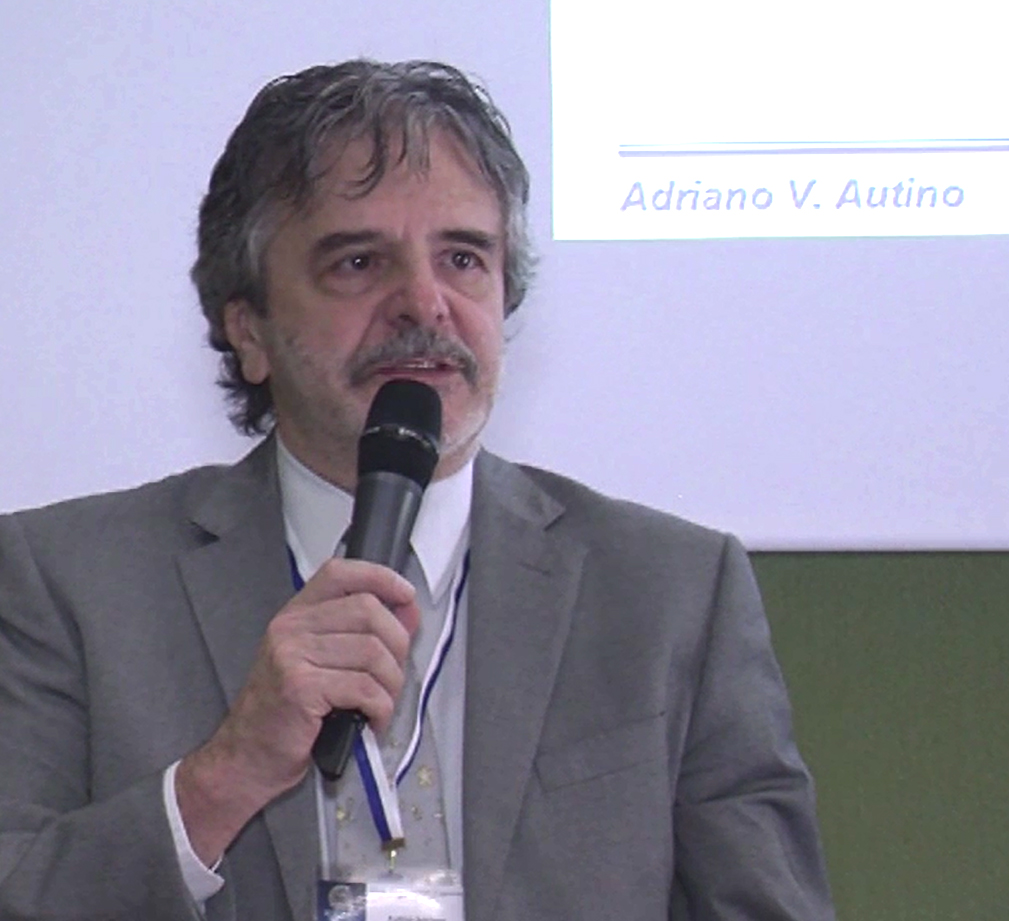
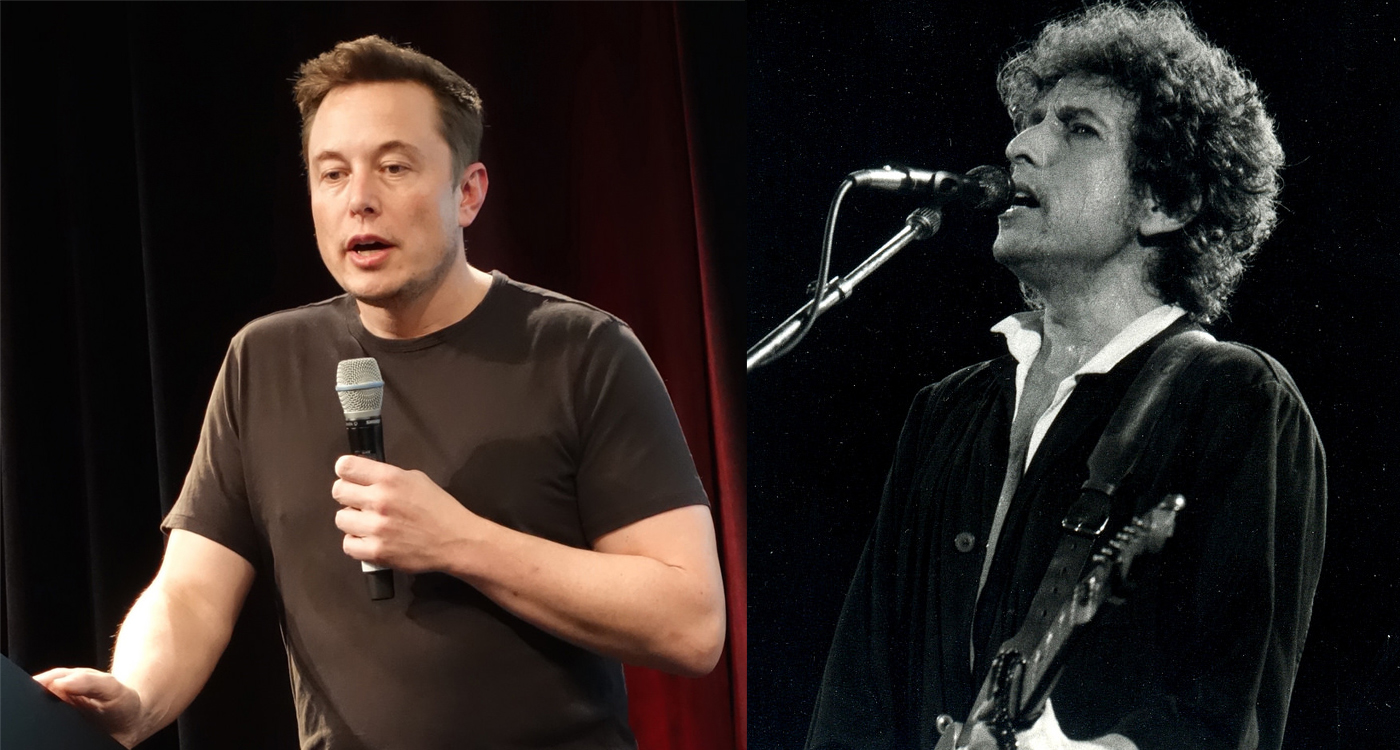
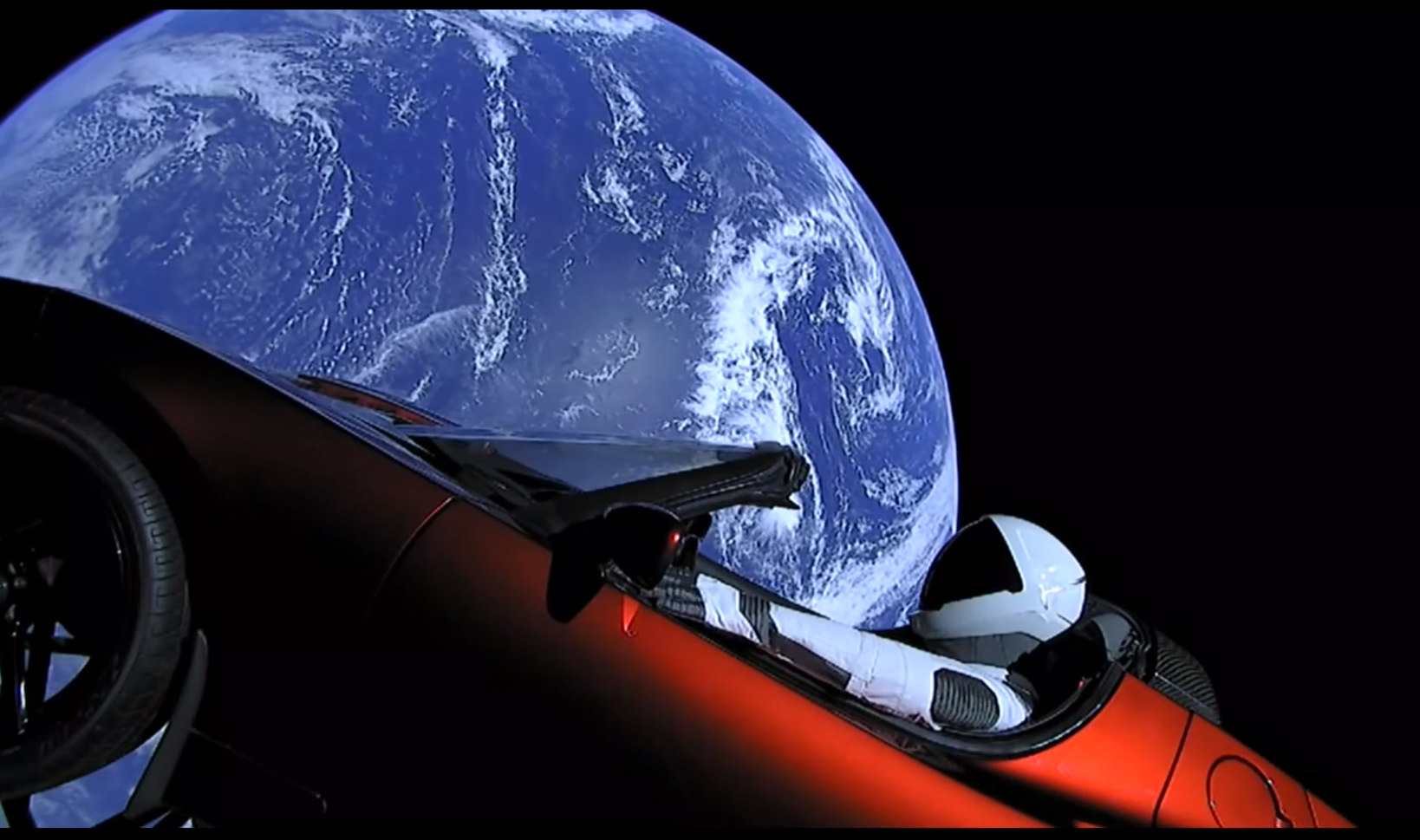
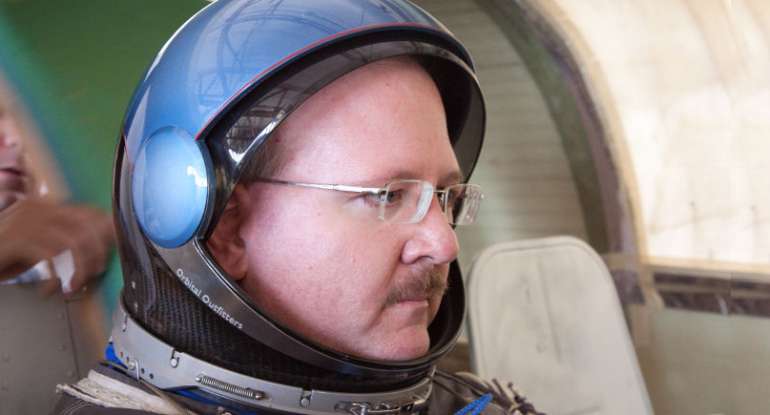
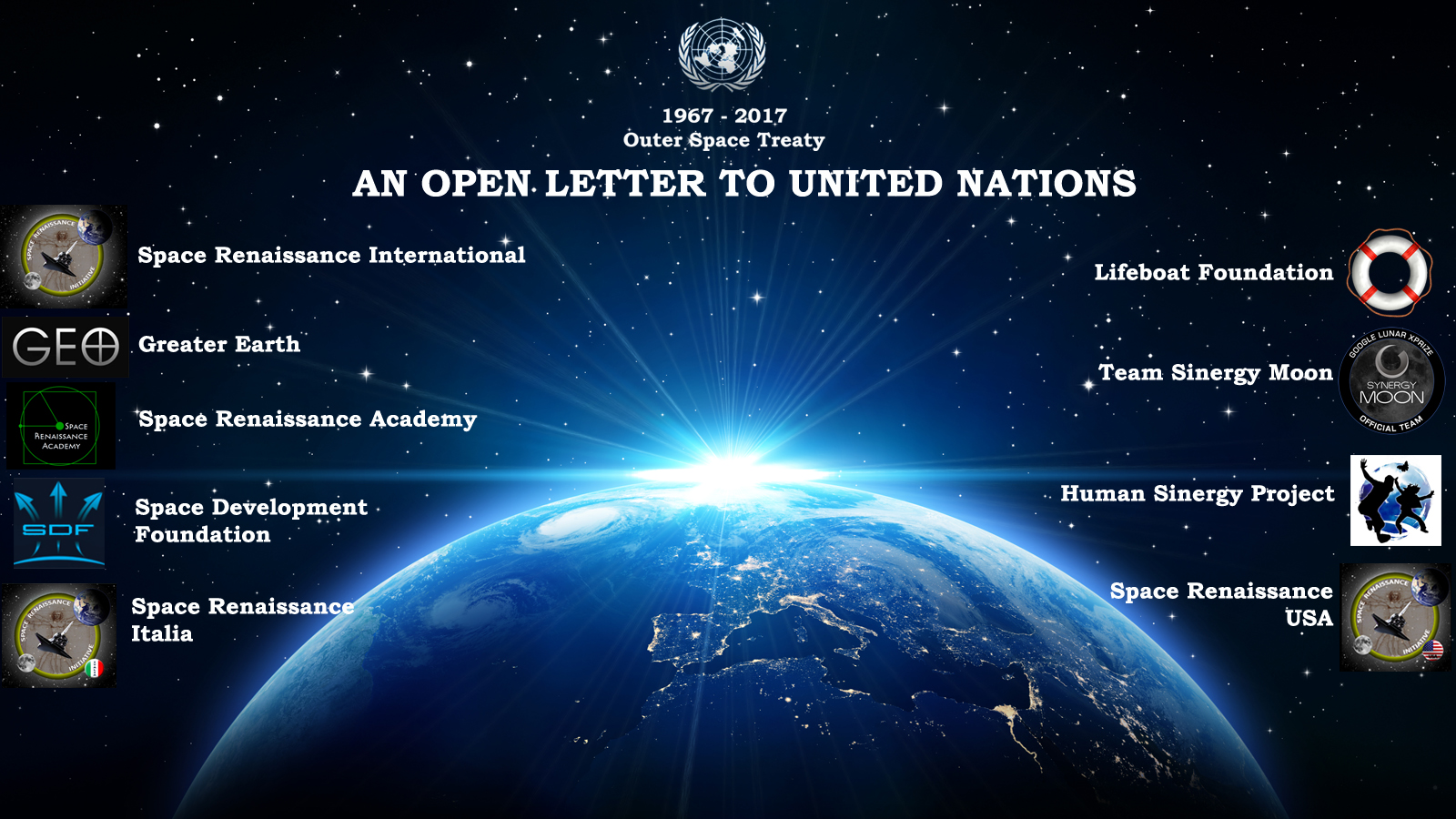


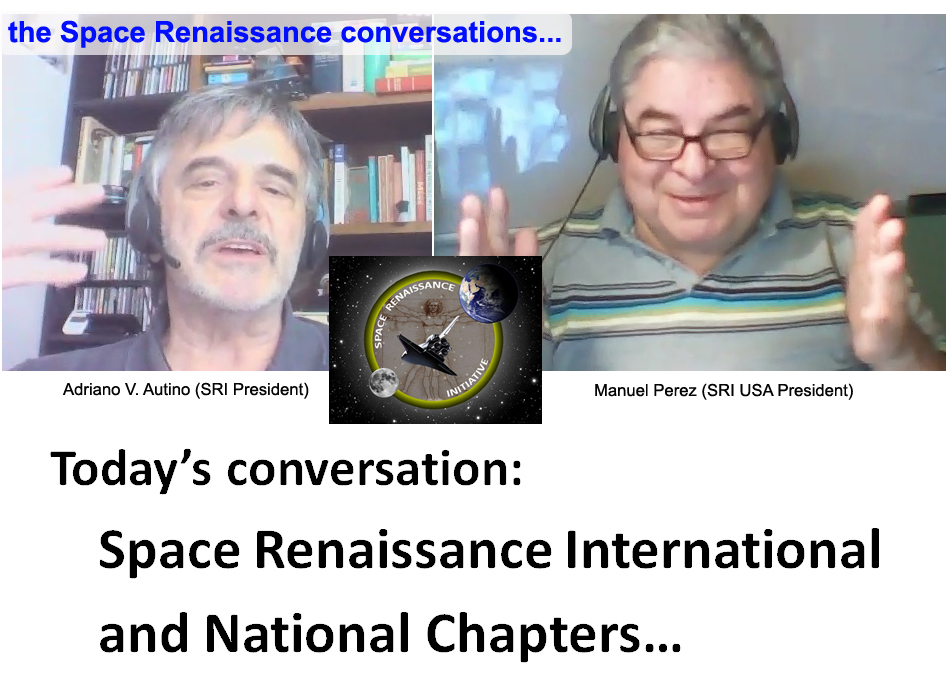
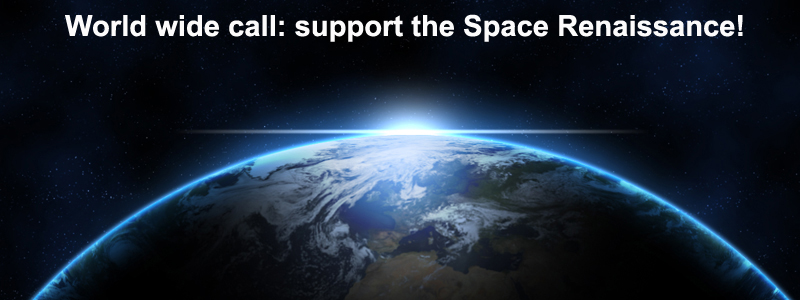

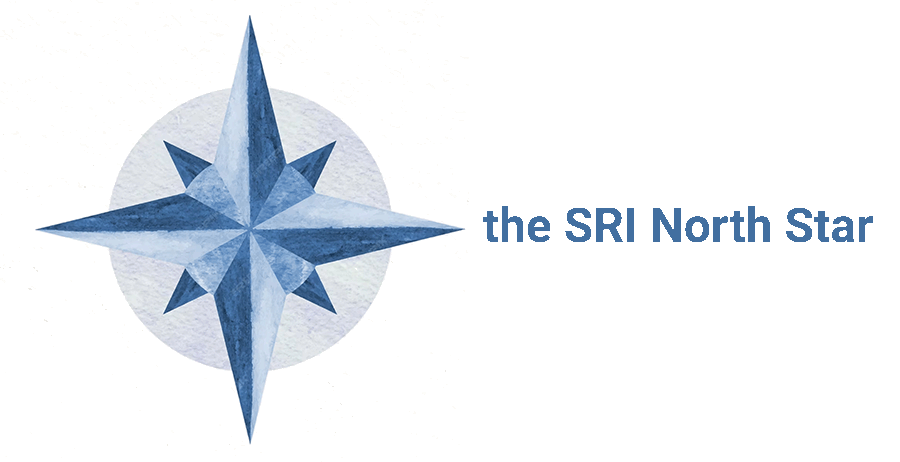

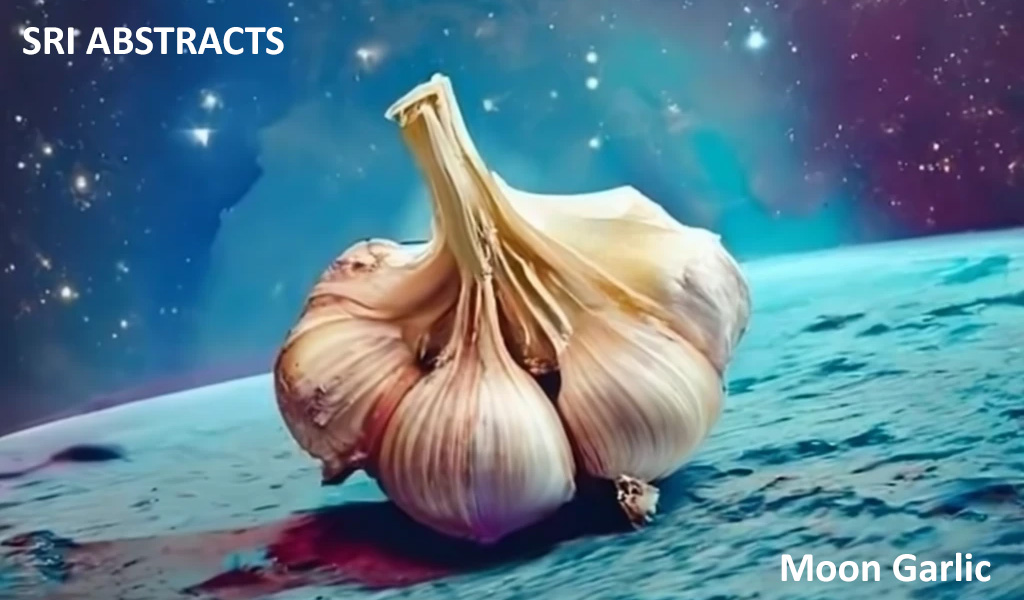

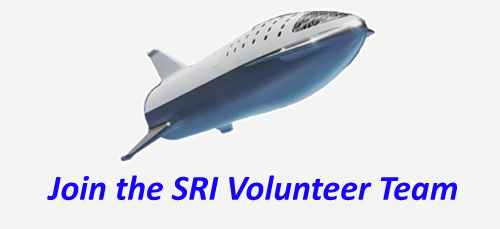

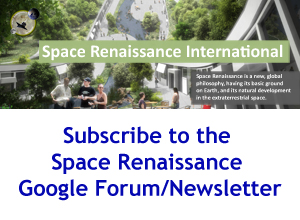
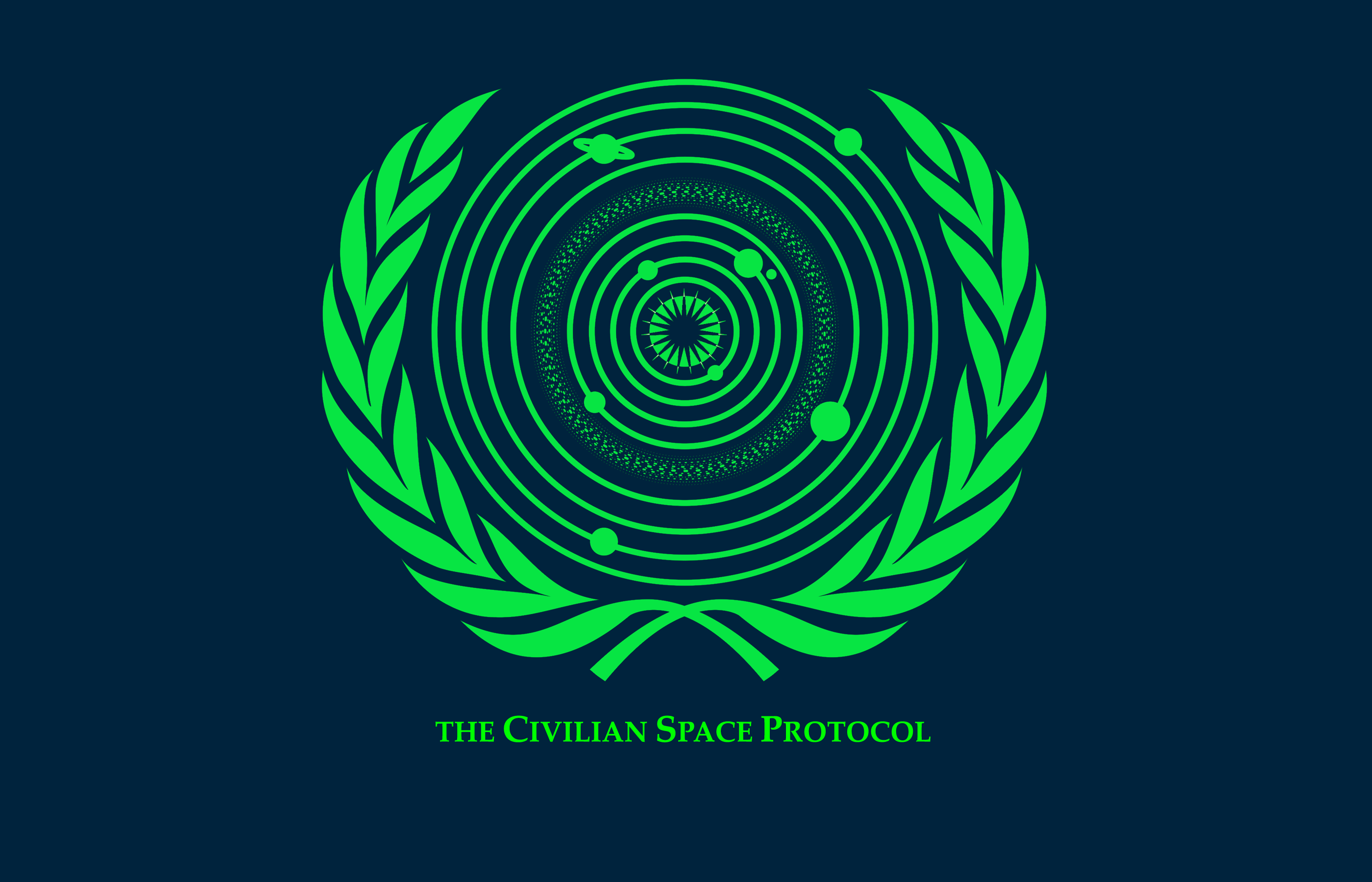
 Space Renaissance France (French Chapter of SRI)
Space Renaissance France (French Chapter of SRI)  Space Renaissance USA, Inc. (USA Chapter of SRI)
Space Renaissance USA, Inc. (USA Chapter of SRI) Space Renaissance (Italian Chapter of SRI)
Space Renaissance (Italian Chapter of SRI) Space Renaissance Academy
Space Renaissance Academy Space Renaissance Initiative Group
Space Renaissance Initiative Group